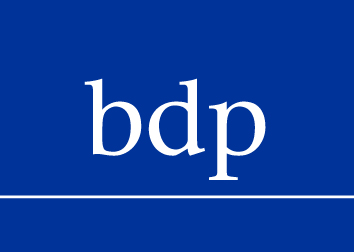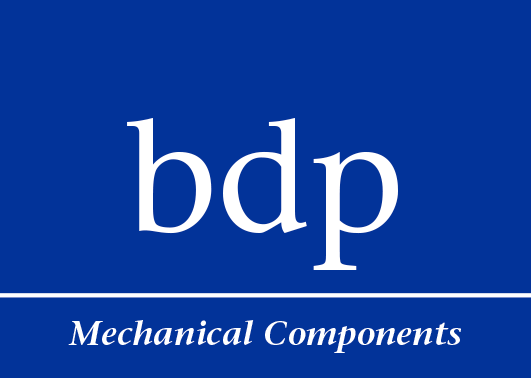Newsletter April 2023:
By: Magdalena Cebo
The benefits of the Total Cost of Ownership concept in strategic sourcing
Supplier selection is one of the most important activities performed in today’s business environment. Making a wrong decision in this field can result in operational and financial problems for the company. Based on previous experiences, sourcing experts already know that selecting a supplier from the lowest bid is not ideal, as lower prices usually hide lower qualities. From this perspective, the Total Cost of Ownership (TCO) concept is a reliable tool for successful supplier selection. In general, TCO is a calculation intended to highlight the difference between the short-term purchase price and long-term cost that occur during the entire life cycle of the item in the organization. Such analysis can also help to make critical make vs. buy/outsource comparisons.
Unfortunately, there is no one common model to calculate the TCO, as it will vary depending on the nature of the product/service. In general, the formula to calculate the TCO consists of two parts. The first is the product’s actual purchase price, which includes such cost elements as direct material, direct labor, overhead, tooling cost, etc. The second TCO component is the total cost of managing and maintaining the new solution over its lifetime. In practice, it means that during the supplier selection process, apart from price, there are other important criteria, such as:
- Acquisition cost incurred in getting the product or service to the point of use (inbound freight, sourcing time, receiving, inspection, storage, etc.)
- Usage cost incurred in converting purchased item into the finished product and supporting it through its usable life (scrap, final inspection, lost productivity, claims, warranties, returns, etc.)
- End-of-life cost incurred in terminating products’ life (disposal cost, excess inventory, etc.)
- It is hard to calculate some of the costs in the TCO model as, in many cases, we are missing certain information. Sometimes, it is not easy to obtain data such as the cost of inspection, storage, handling, scrap, and warranties to be considered for every single TCO:
1. Purchase Price
The purchase price includes the supplier’s manufacturing costs, overhead, and profit.
2. Shipping Costs
Shipping costs and complexity increase with longer distances. Ocean transport involves packaging, transfer, inspection, customs charges, import duties, and storage costs. Companies often use agents or brokers (at the origin and destination) to help them with these tasks, which impacts the overall cost of the supply chain.
3. Shipping Time
Travel time for a container from Asia to Europe can be extremely long, especially when you consider customs clearance. Shipping delays can also result in expedited freight and higher charges required to meet customers’ delivery dates.
4. Quality
Quality inspections may be required for incoming components for manufacturers that source goods or components overseas. These costs should also be considered as part of your TCO. Quality problems from a supplier may lead to:
- additional inspection requirements
- expensive product returns and shortages
- legal liability
Efforts to monitor and resolve quality issues usually have a significant impact on travel time and generate additional costs.
5. Currency Fluctuation
When purchasing components or products overseas, the history of currency fluctuation must be considered. The price may be quoted for an annual contract, but during the year, the foreign currency value versus the EURO may have changed, changing the price in EURO.
6. Payment terms
Longer payment terms have a positive impact on the working capital at hand.
7. Risk Management
Potential risks are associated with any supply chain – disruptions, lead time, demand volatility, intellectual property theft, natural disaster, and many others. Building contingency plans and a risk management program to deal with unplanned conditions is essential. A risk management plan increases your TCO but also allows you to recover more quickly when the unexpected happens.
The other aspects worth mentioning include product warranty and engineering support, which can result in long-term cost savings, customer responsiveness, and reaction time in case of quality/delivery issues.
Understanding all the components that make up the supply chain and their impact on the costs and risk is critical to understand every TCO. As it requires a very in-depth and time-consuming analysis, this could be an area where bdp Mechanical Components support could be very useful and efficient for you.
Of course, possible cost reduction is a key driver of every outsourcing decision, so it is very important to follow it with accurate cost analysis, focusing on the true cost implications rather than price only. Imagine that with new product development, your company is looking for a new Sourcing Specialist for your in-house team. In this situation, you will need to consider many more costs beyond the wages and workstation: recruitment costs, training costs, staff benefits, software licenses, catering such as tea and coffee, holiday and sick pay, etc. This also means time spent searching, interviewing, recruiting, training, and serving the new employee. By deciding to outsource, the costs and associated time spent on the new employee will not be your worry. Time-saving is also cost-saving.
We encourage you to include an outsourcing strategy in your overall TCO model. Transferring portions of your company workload to us might help you to reduce your cost. We can look at your unique supply chain and identify opportunities to lower risk and eliminate hidden costs while you can focus on your core business. Our broad industry knowledge helps to evaluate vendor options, narrow down the shortlist, and negotiate better terms much faster than your internal team can deliver. We can help you implement second and multi-sourcing strategies, eliminating dependence on a single supplier. We leverage our existing suppliers’ relationships and global presence to provide better discounts, contracting terms, and service and monitor quality standards.
We also take advantage of economies of scale which lower overall transactional costs. If you have a small procurement team, sourcing vendors and the evaluation process can be overloading for them. We are category experts and can help you make the right sourcing choices. Procurement outsourcing also decreases costs by allowing your company to reduce headcount. During unpredictable economic conditions, outsourcing can help you save money on additional headcount to retain your existing employees.
If you have any further questions about the Total Cost of Ownership concept, don’t hesitate to get in touch with purchase@bdp-mc.com.
Our bdp Mechanical Components team will be happy to advise and support you.


